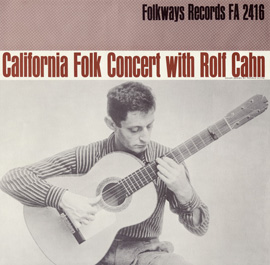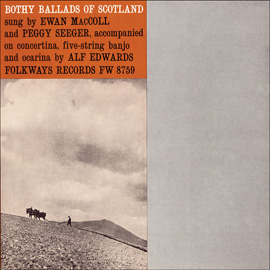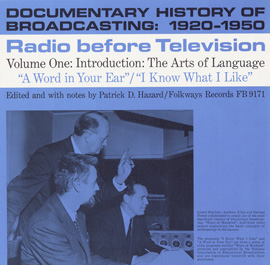Summary
In this unit, students will explore Zydeco Music and its French Canadian and Afro-Caribbean roots. Through cultural enrichment, attentive and engaged listening, stories, and dance, the students will gain a better understanding of Zydeco music in relation to its history and culture.
Suggested Grade Levels: K-2
Country: United States, Haiti, Canada
Region: North America
Culture Group: Creole, French Canadian
Genre: Zydeco
Instruments: voice, guitar, electric guitar, electric bass, washboard, accordion, drums, harmonica, clogs, triangle
Language: French
Co-Curricular Areas: Social Studies, History, Cultural Studies, Music, Dance
National Standards: 2, 5, 6, 8, 9
Prerequisites: None
Objectives:
- Country/region identification
- Listening to music attentively
- Identifying and learning about a variety of instruments
- Gain an understanding of a variety of cultures
- Read basic rhythmic notation
- Learn accompanying dance
Materials:
- “Jolie Catin” by Boozoo Chavis and the Magic Sound Masters from Folk Masters: Great Performances Recorded Live at the Barns of Wolf Trap (SFW40047)
- “Sen Franswa Di Priye Dye Fò (Mereng rhythm)” by Group at Sal Bosou Twa Kòn Temple from Rhythms of Rapture: Sacred Musics of Haitian Vodou (SFW40464)
- “Le Reel d’Union” by Aimé Cagné from French Canadian Country Dances (FW06535)
- The Banza: A Haitian Story by Diane Wolkstein
Lesson Segments:
- What is Zydeco? (National Standards 6, 8, 9)
- Haiti: A Story and a Song (National Standards 6, 8, 9)
- Exploring a French Canadian Rhythmic Pattern (National Standards 2, 5, 6, 8, 9)
- Time to Two-Step (National Standards 6, 8 and 9)
Lesson Segment #1: What is Zydeco?
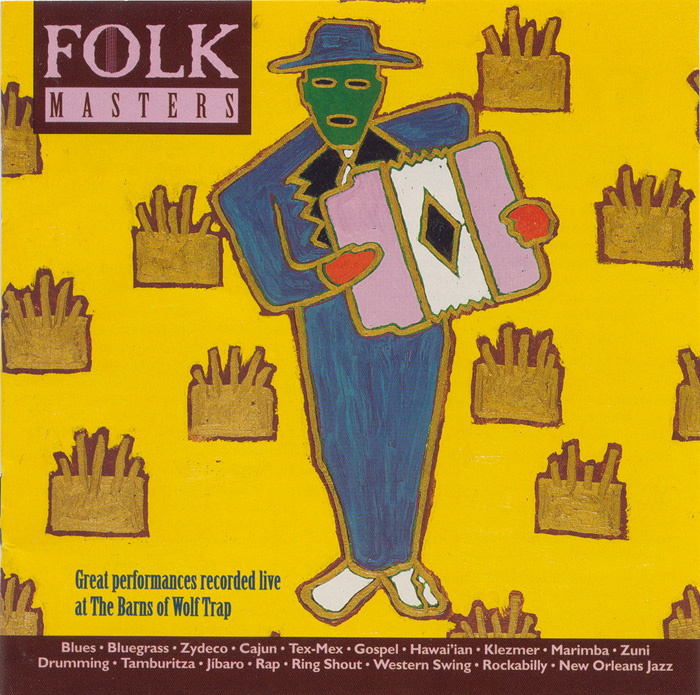
“Jolie Catin”
from Folk Masters: Great Performances Recorded Live at the Barns of Wolf Trap (1993) | SFW40047
Procedure:
- Listen to “Jolie Catin” in its entirety while encouraging the students to listen for:
- Instrumentation
- Signing (age, gender, how many singers)
- Tempo (is it fast or slow)
- What would the music be used for? (dancing, lullaby, church)
- Where is the music from? What is the language?
- Questions based on listening
- Present
- Map of the world and point to Louisiana. Show map of Louisiana and point to the southeast
- Pictures/Explanation of Louisiana, the people and the instruments of zydeco
- Facts on zydeco music:
- Is a bluesy, southern Louisiana blend of French Canadian, African American and Afro-Caribbean musical traditions
- Instruments often included in a zydeco band are the accordion, guitar, electric bass, drums, and washboard
- Is dance music
Assessment:
- Do students concentrate on listening to the music? Do the students actively and appropriately engage in answering the questions and discussing the topic?
Lesson Segment #2. Haiti: A Story and a Song
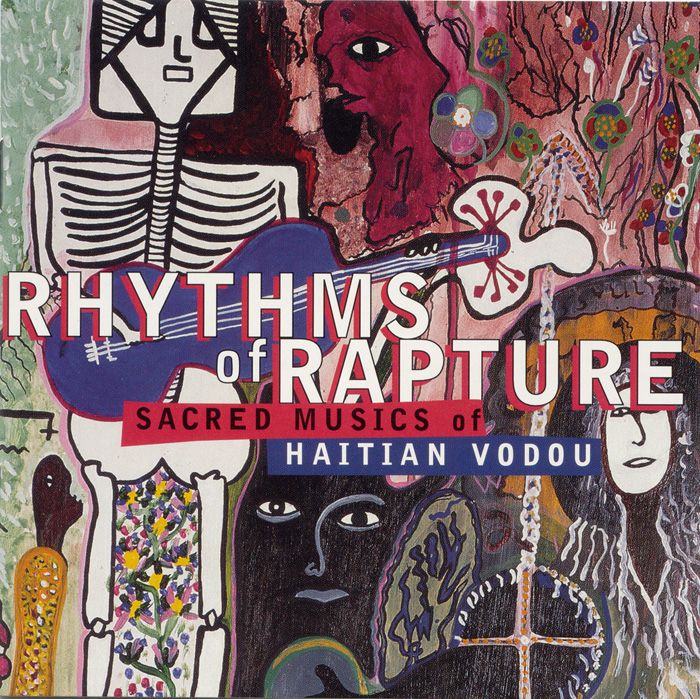
“Sen Franswa Di Priye Dye Fò (Mereng rhythm)”
from Rhythms of Rapture: Sacred Musics of Haitian Vodou (1995) | SFW40464
Procedure:
- Read The Banza: A Haitian Story
- Discuss story by asking questions pertaining to the story
- Listen to “Sen Franswa Di Priye Dye Fò (Mereng rhythm)” in its entirety while encouraging the students to listen for:
- Instrumentation
- Signing (age, gender, how many singers)
- Tempo (is it fast or slow)
- What would the music be used for? (dancing, lullaby, church)
- Where is the music from? What is the language?
- Questions based on listening
- Present
-
- Map of the world and point to Haiti (and Haiti in relationship to Louisiana) and show map of Haiti
- Pictures/Explanation of Haiti, the people and the instruments heard in the song
- Facts on Haiti in relation to zydeco music:
-
- Haitians immigrated to Louisiana approximately 200-150 years ago
- Haitian music fused with a variety of other cultures music to help form zydeco
Assessment:
- Are students engaged in the story? Do students concentrate on listening to the music? Do the students actively and appropriately engage in answering the questions and discussing the topic?
Lesson Segment #3. Exploring a French Canadian Rhythmic Pattern
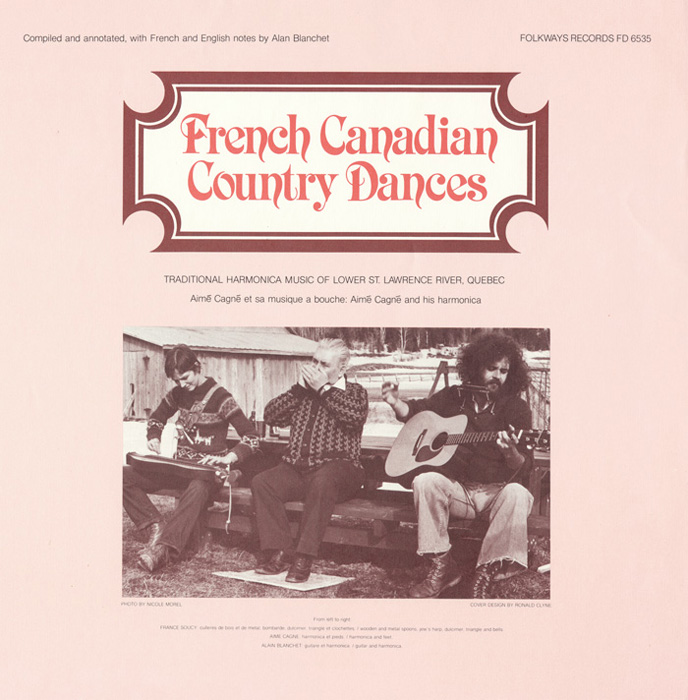
“Le Reel d’Union”
from French Canadian Country Dances (1982) | FW06535
Procedure:
- Listen to “Le Reel D’Union” in its entirety while encouraging the students to listen for:
- Instrumentation
- Signing (age, gender, how many singers)
- Tempo (is it fast or slow)
- What would the music be used for? (dancing, lullaby, church)
- Where is the music from? What is the language?
- Questions based on listening
- Present
- Map of the world map and point to Canada. Show map of Canada and point to Nova Scotia and New Brunswick
- Pictures/Explanation of Nova Scotia, the people and the instruments
- Facts on the French Canadians in relation to zydeco music:
- The French Canadians who settle in southwest Louisiana are known as Cajuns
- The Cajuns had immigrated from Nova Scotia and New Brunswick
- The Cajuns brought to southeast Louisiana their music where the fiddle and later the accordion were the primary instruments
- Have the students listen again to “Le Reel D’Union” and have them listen closely to the triangle
- Along with the recording, pat the beat below:
- Have the students pat the beat on their laps and then on unpitched percussion
- Have the students read and perform the rhythm without the music
Assessment:
- Do students concentrate on listening to the music? Do the students actively and appropriately engage in answering the questions and discussing the topic? Are the students able to play the rhythm with the music? Is the student able to read and perform the rhythm?
Lesson Segment #4. Time to Two-Step
Procedure:
- Explain how the two-step is danced to zydeco music and have the students stand one in front of the other in a circle
- Teacher explains/demonstrates the two-step in the middle of the circle
- Starting on right foot: long, long, short, short while moving forward
- Play “Jolie Catin” and have the students two-step around the circle
- Final Discussion on the differences and similarities of the three songs listened to within the unit
Assessment:
- Are the students able to perform the two-step? Do the students actively and appropriately engage in answering the questions and discussing the topic?





